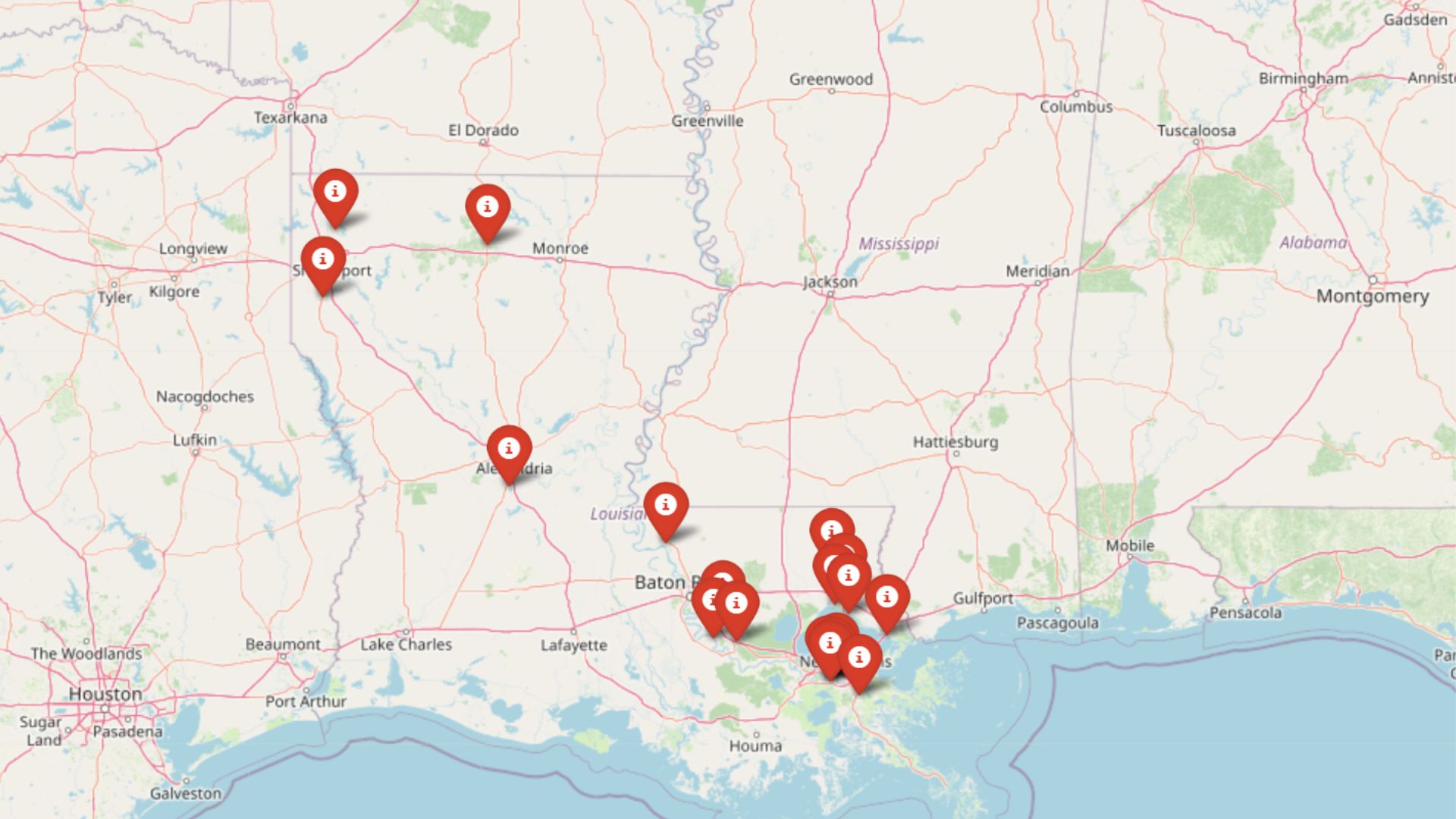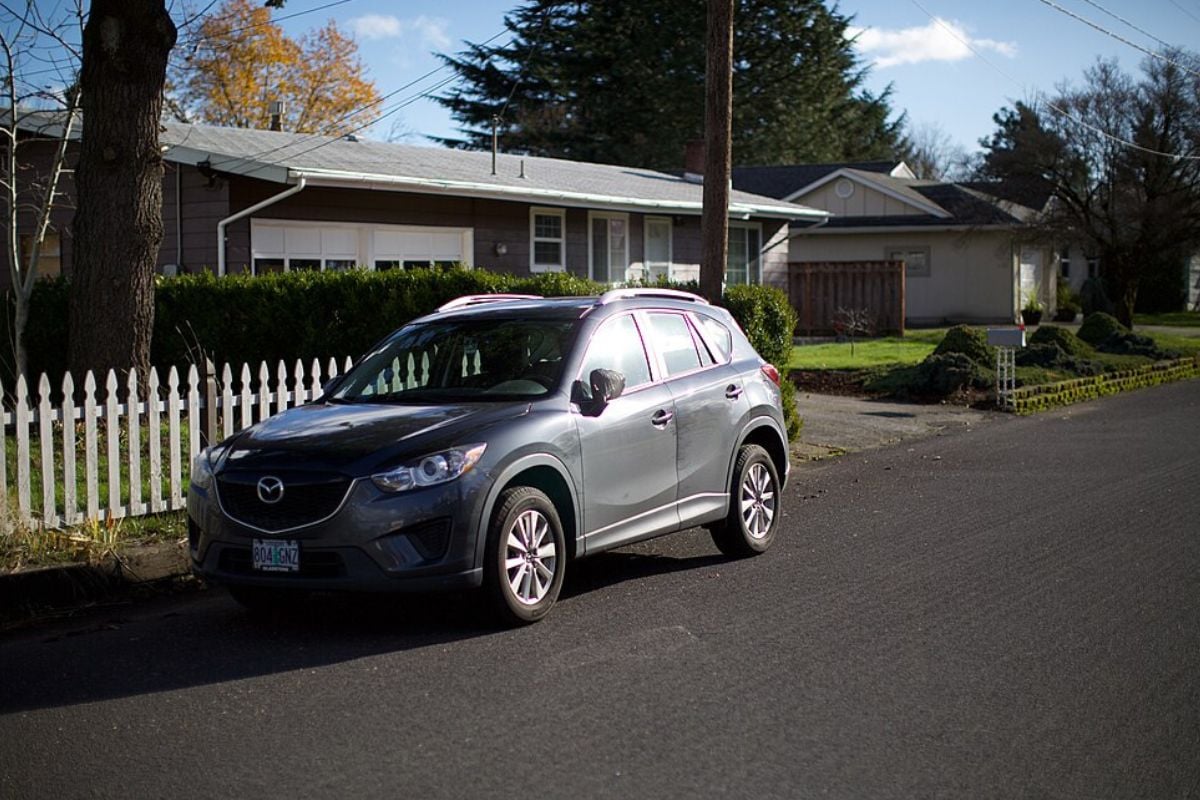
When shopping for a home, buyers aren’t just evaluating square footage, curb appeal, or the kitchen countertops—they’re also listening closely. Noise pollution is one of the fastest ways to sour an otherwise perfect property, because it chips away at comfort, sleep quality, and even perceived safety. From the constant hum of highways to the sudden shock of train horns or late-night bass beats, disruptive sounds follow homeowners long after the open house is over. Real estate experts agree: if the neighborhood has an unwanted soundtrack, offers come in lower, or sometimes not at all. Here are 28 of the most common noise pollution issues that can quietly sabotage a home’s value and drive buyers away.
28. Rattling Manholes And Speed Humps
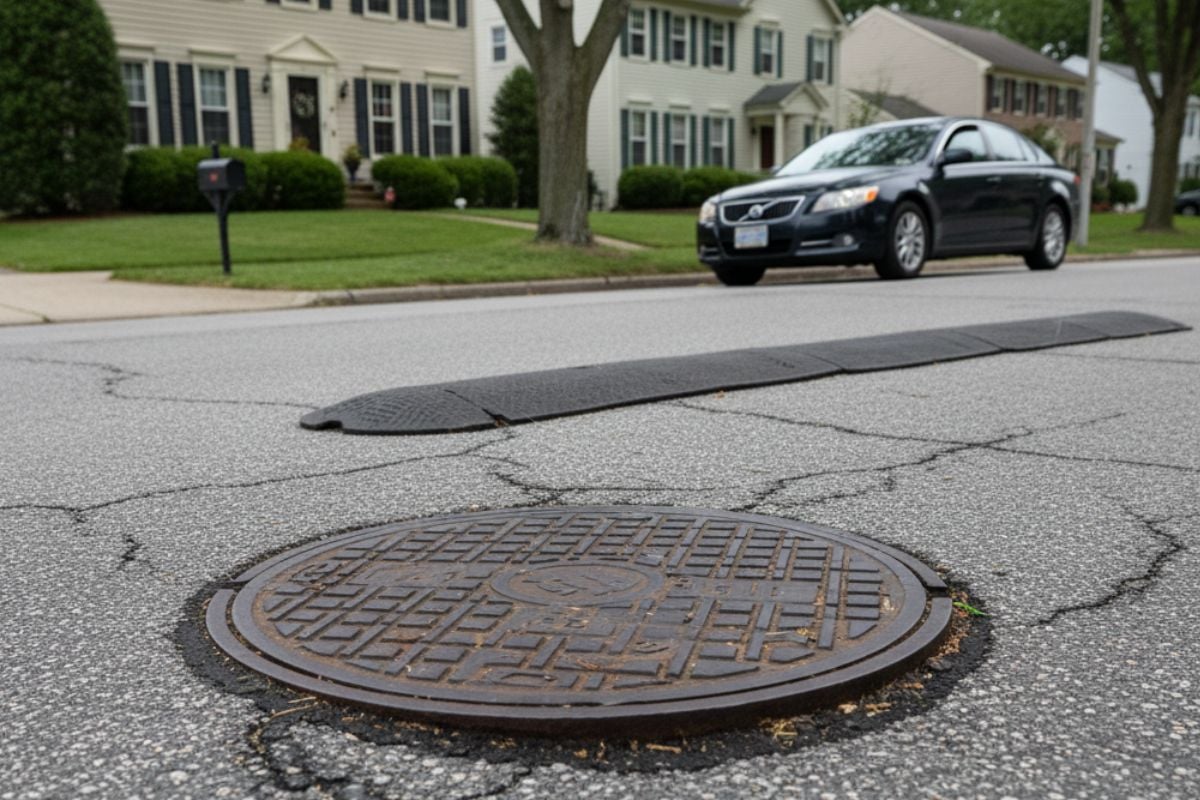
That metallic clunk every time a car passes doesn’t just grate on nerves—it signals ongoing maintenance friction and a street that never truly quiets down. Buyers mentally convert repetitive noises into repair bills and lost sleep, which puts downward pressure on offers. Rubberized gaskets, locking frames, and asphalt feathering reduce rattle, but homeowners can’t install those solutions on public rights-of-way themselves. If the city hasn’t fixed it yet, shoppers assume they’ll be the ones living with the soundtrack.
27. Electrical Substation Transformer Buzz
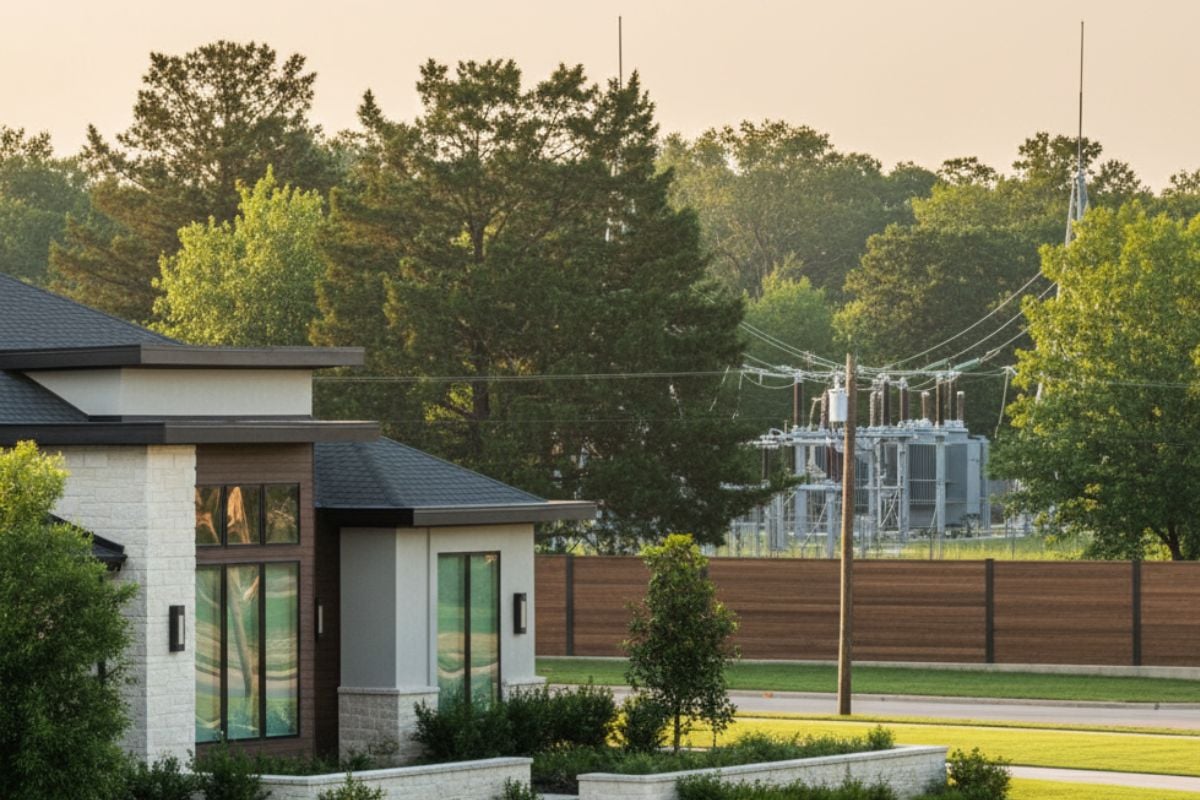
The low, persistent 60-hertz hum from transformers can bleed into bedrooms and patios, creating stress and fatigue over time. Even if safe, the auditory reminder of heavy infrastructure makes a home feel less retreat and more utility corridor. Acoustic fencing and dense evergreen hedges help, but they rarely erase the tonal vibration entirely. Many buyers simply keep driving when they see a substation at the end of the block.
26. Bars, Clubs, Late-Night Chatter

Nightlife brings walkability and fun, but it also delivers thumping bass, sidewalk laughter, and clattering bottle dumps at 2 a.m. Double-pane glass won’t stop the low-frequency thud that travels through walls and floors. Weeknight quiet hours rarely apply when last call hits, so “just weekends” quickly becomes “most nights.” Families and early-rising professionals discount these addresses before they even schedule a showing.
25. Heliports And Medical Choppers Overhead
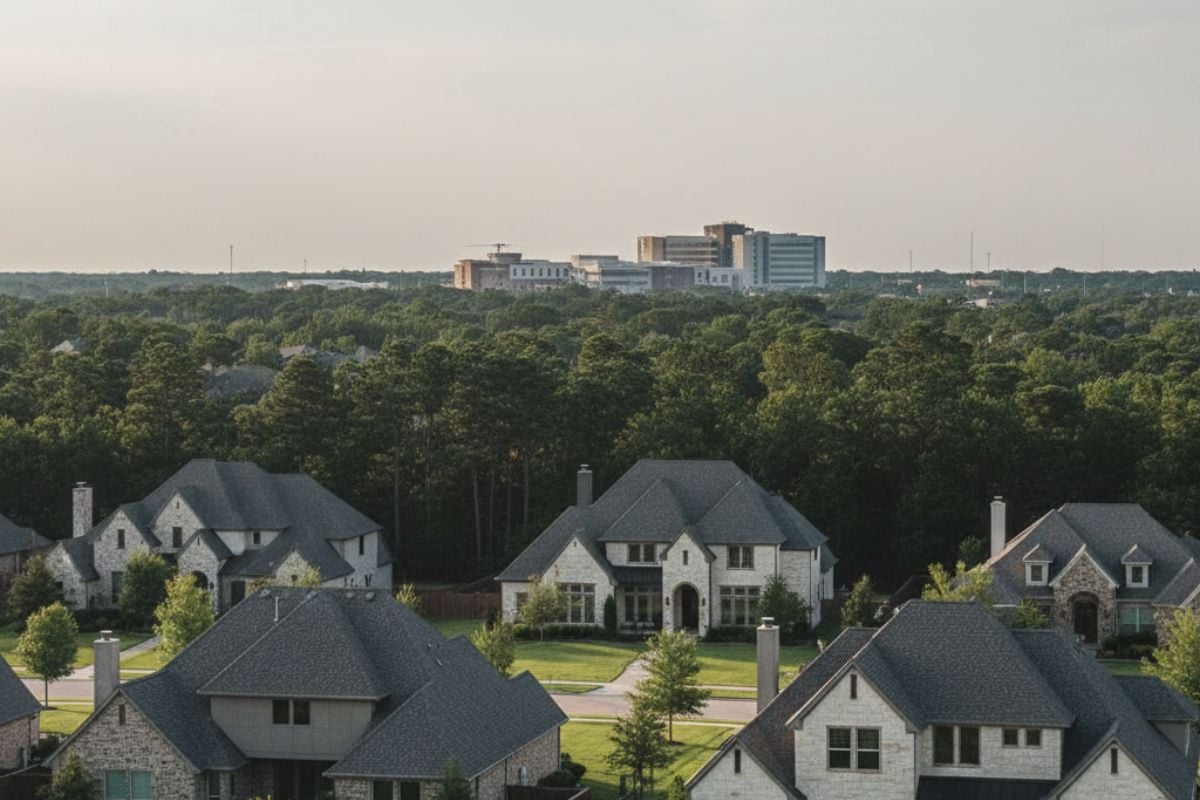
Rotor wash doesn’t just roar—it vibrates windows, roof decks, and nerves in short, jarring bursts. Even infrequent flights feel intrusive because they arrive unpredictably and drown out conversation and sleep. Sound walls don’t help much with overhead sources, and upgraded windows can only do so much between passes. Buyers read the flight path and picture every midnight emergency landing before they picture themselves moving in.
24. Shooting Range Reports On Wind

Impulse noise from gunfire carries surprisingly far, especially across open water or fields when the wind is right. It’s not a steady background—it’s a series of sharp cracks that spike stress and disrupt pets and kids. No amount of soft landscaping or drapery meaningfully reduces those transients indoors. For many shoppers, that first pop is a permanent dealbreaker.
23. Quarry Blasts And Crusher Clamor
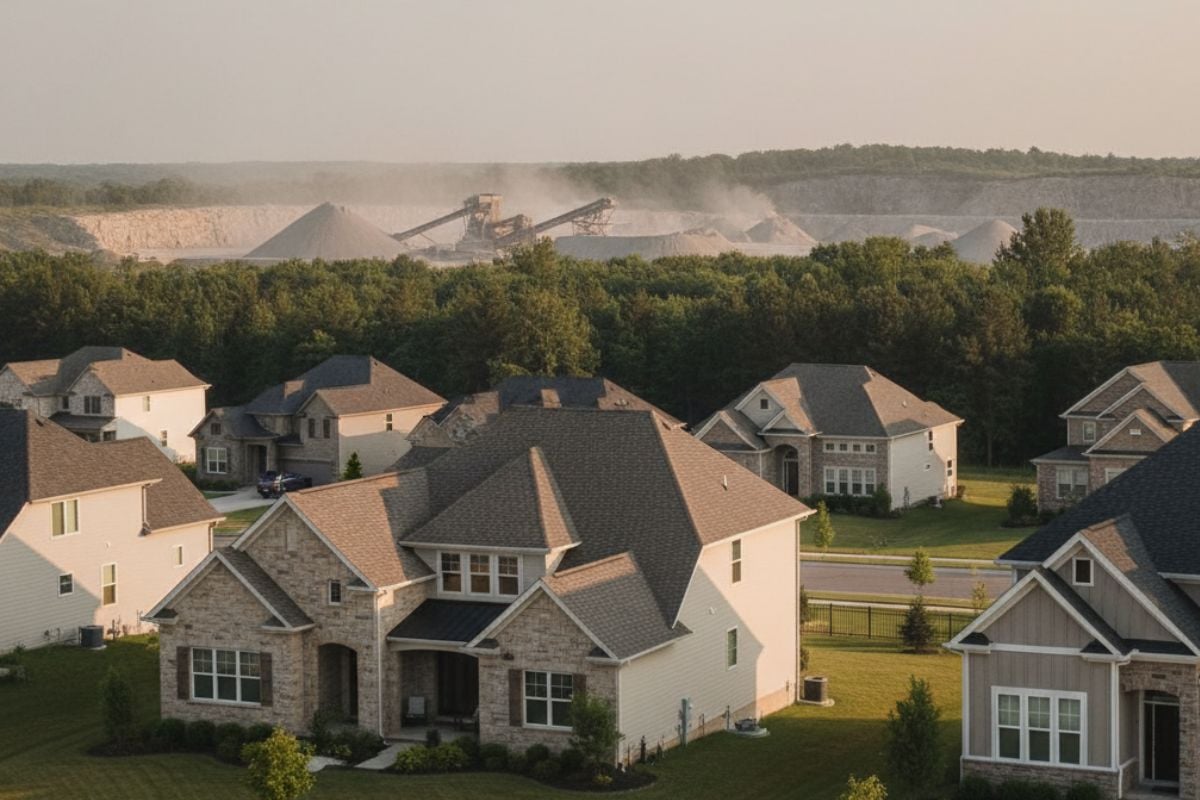
Blasting days rattle frames, and on non-blast days crushers grind on with a gravelly drone. Even if operations are regulated, the perception of constant industrial disturbance depresses demand. Structural upgrades won’t solve airborne noise and ground-borne vibration from heavy equipment. Buyers imagine cracked drywall and vibrating glassware and adjust offers downward or move on.
22. Pile Driving And Concrete-Saw Screech

Few sounds are as piercing as rebar saws and pile drivers hammering steel into soil for hours. These projects may be “temporary,” but schedules slip, and seasons change without relief. Low-frequency thuds pass through walls, while high-frequency screech slices through ordinary windows like paper. Even noise-tolerant buyers tap out when construction dominates months of the year.
21. Jackhammers, Nail Guns, Compressors
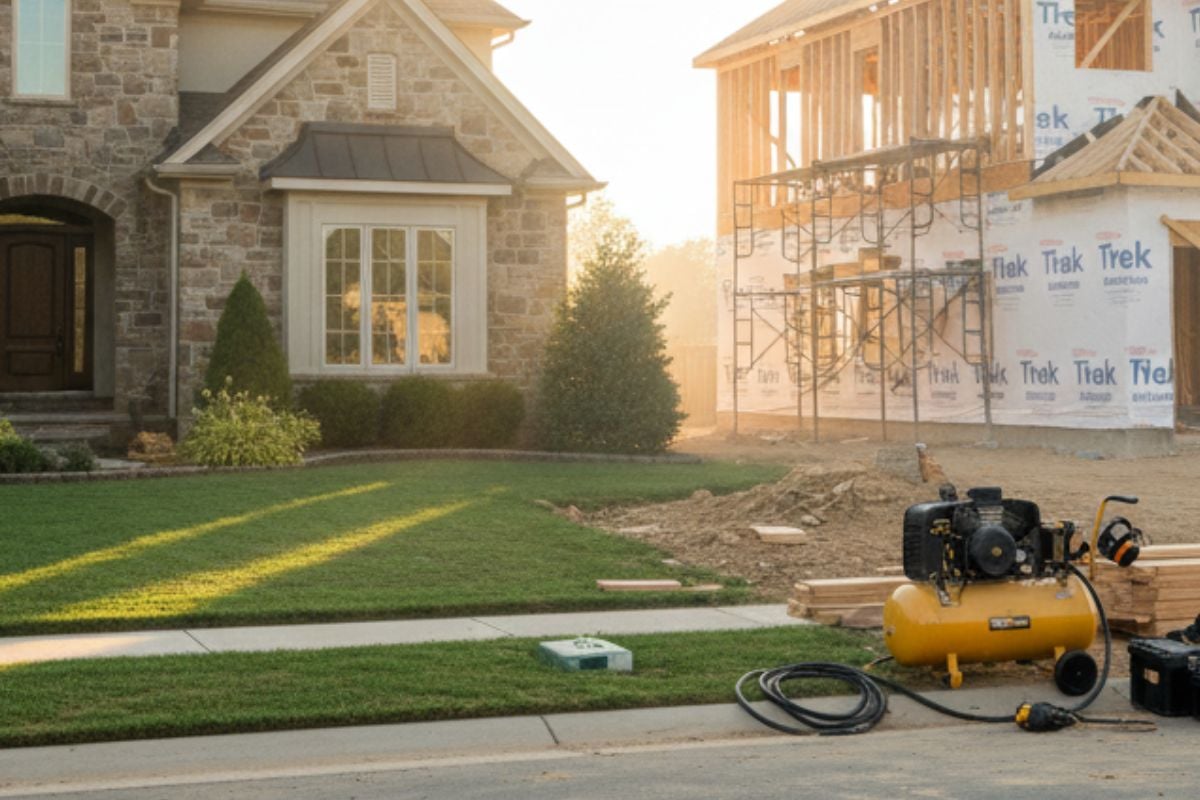
Residential infill can mean a rotating cast of trades and a soundtrack of compressors cycling, nail guns popping, and hammers ringing. The randomness is the problem—just when you relax, a new burst starts. While STC-rated windows help, outdoor living and home-office calls still take the hit. Buyers seeking sanctuary rarely pay top dollar for a construction zone.
20. Stadium Concerts And Event Crowds
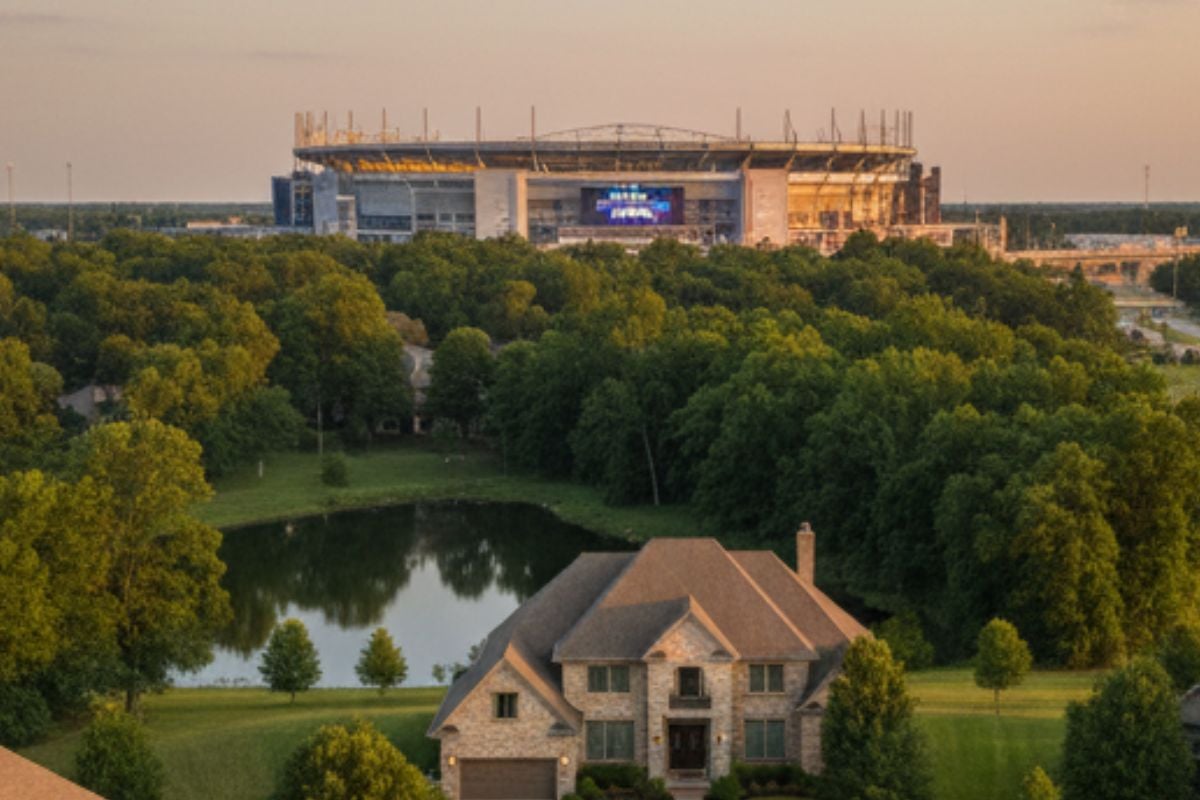
Game days and concert nights bring sudden surges of bass, chanting, and post-event honking that echo for hours. The calendar might only show 30 dates, but rehearsals, sound checks, and load-outs extend the season. Street closures and ride-share queues add idling engines to the mix. It’s great for local restaurants—and tough on resale premiums.
19. School PAs And Athletic Loudspeakers
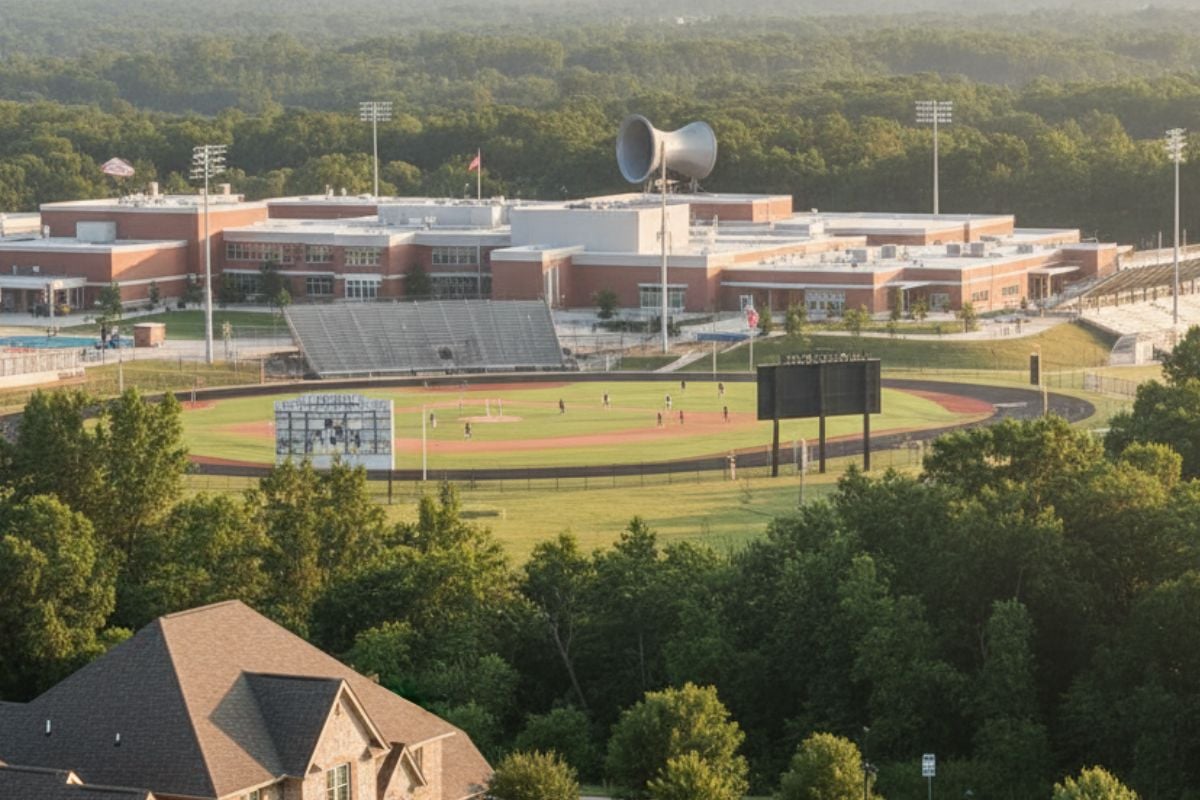
Morning announcements, marching-band practice, and evening games create a predictable yet prolonged noise cycle. As wholesome as it feels, amplified voice and whistles carry deep into nearby living rooms. Home studios, nap schedules, and remote work all collide with bell schedules. Families love proximity to schools, just not to the speakers.
18. Drive-Thrus And Idling Car Speakers

Order kiosks project tinny voices and beeps toward the street while cars idle, rev, and creep forward for hours. That means breakfast, lunch, late night, and weekend spikes. Odors fade; the headset chime does not. Unless site planning shields the lane, buyers picture a 24/7 chorus of “Please pull to the next window.”
17. Busy Bus Stops And Idling Buses
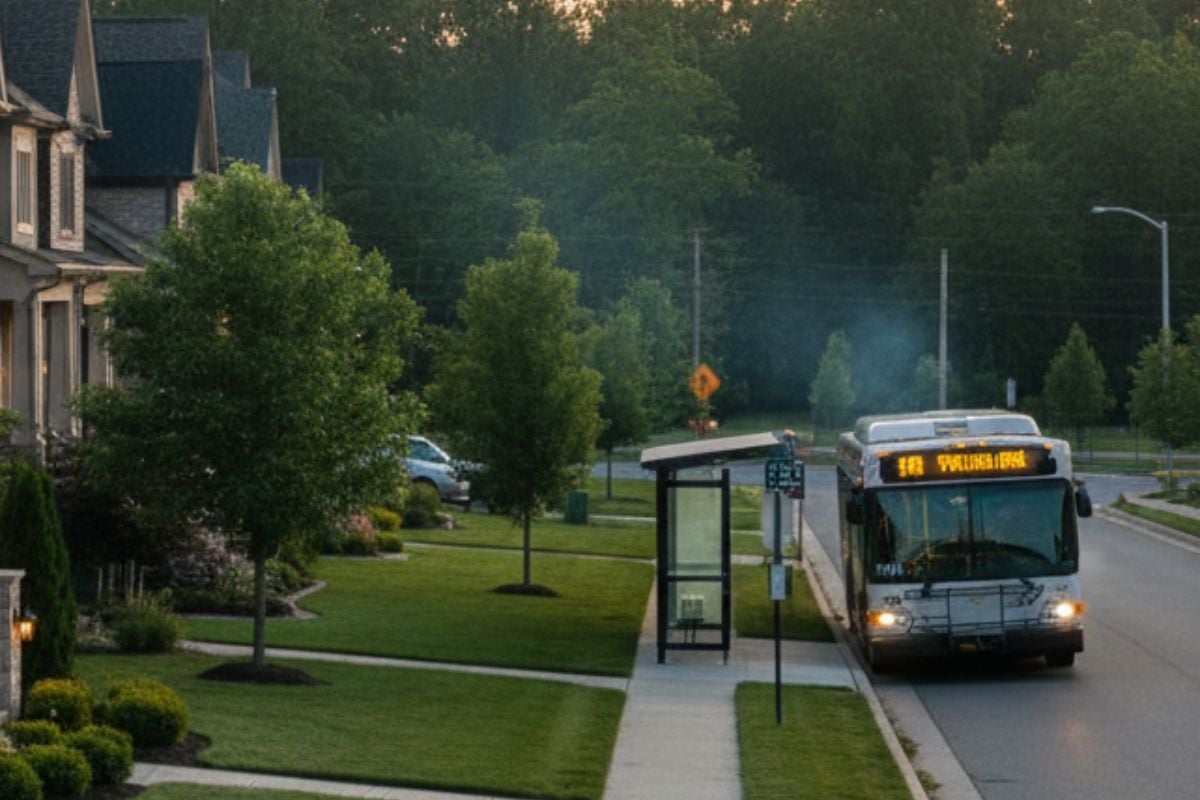
Transit is a win for access but a loss for quiet when diesel engines idle and air brakes exhale every few minutes. Crowds bring conversation and rolling luggage, especially early and late. Municipal anti-idling rules are inconsistently enforced, leaving residents to negotiate with operators. Without a setback or barrier, buyers mentally relocate before they tour.
16. Pool Pumps And Hot-Tub Motors

That steady mechanical hum becomes a metronome you can’t unhear on patios and in primary bedrooms. Poorly isolated pads transmit vibration into soil and foundation, amplifying the drone. Variable-speed pumps and rubber isolators help, but not every neighbor will upgrade. Shoppers who value outdoor living clock the noise instantly and keep their wallets closed.
15. Leaf Blowers And Weekly Lawn Crews
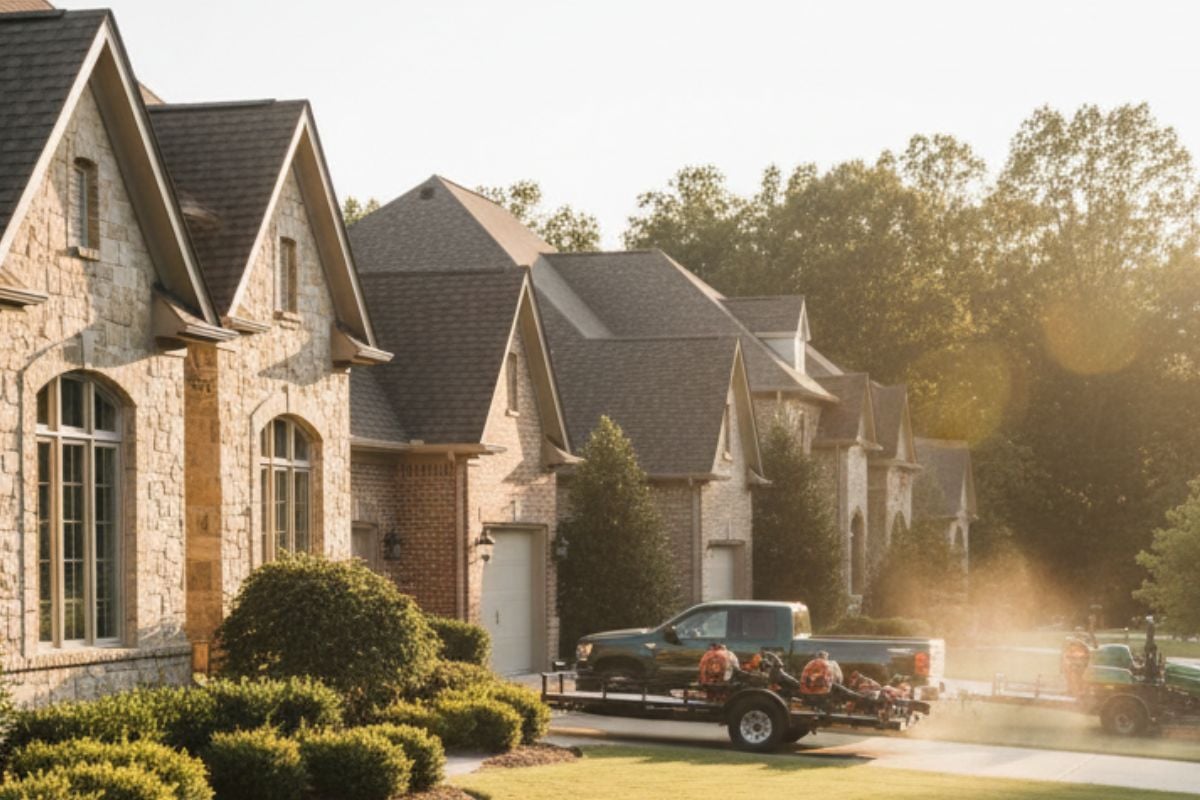
Gas blowers hit unpleasant frequencies that slice through walls and Zoom calls. The problem isn’t one yard—it’s a relay across the block, often for several days a week. Electric tools and quiet-hours ordinances help, but adoption is patchy. Buyers who work from home flag this street as “too loud to focus.”
14. Garbage Trucks And Backup Beepers
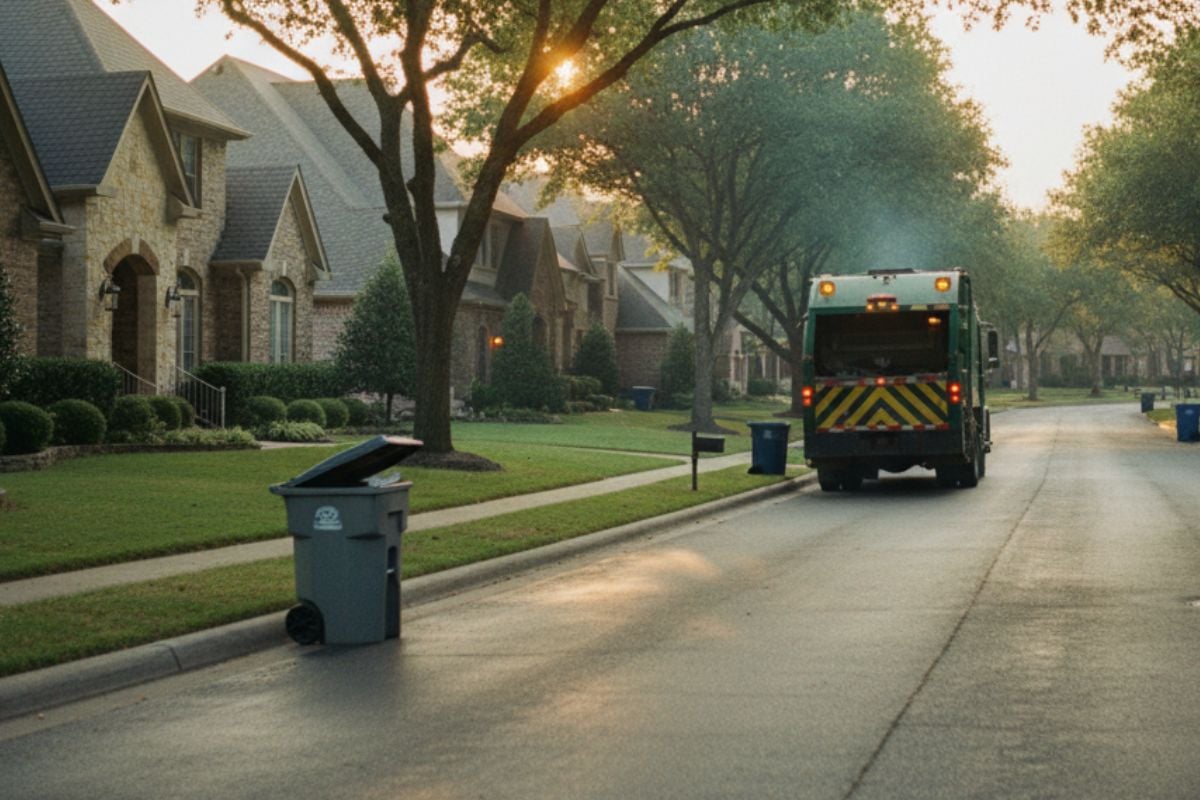
Collection mornings combine hydraulic clanks, metal-on-metal bangs, and that piercing reverse alarm. Multiple haulers on different days can turn “trash day” into “trash week.” You can’t reschedule the route, and triple-glazing only softens the blow. Early-bird disruptions are costly for households with infants, night shifts, or home offices—so offers reflect the fatigue.
13. Early-Morning Delivery Trucks
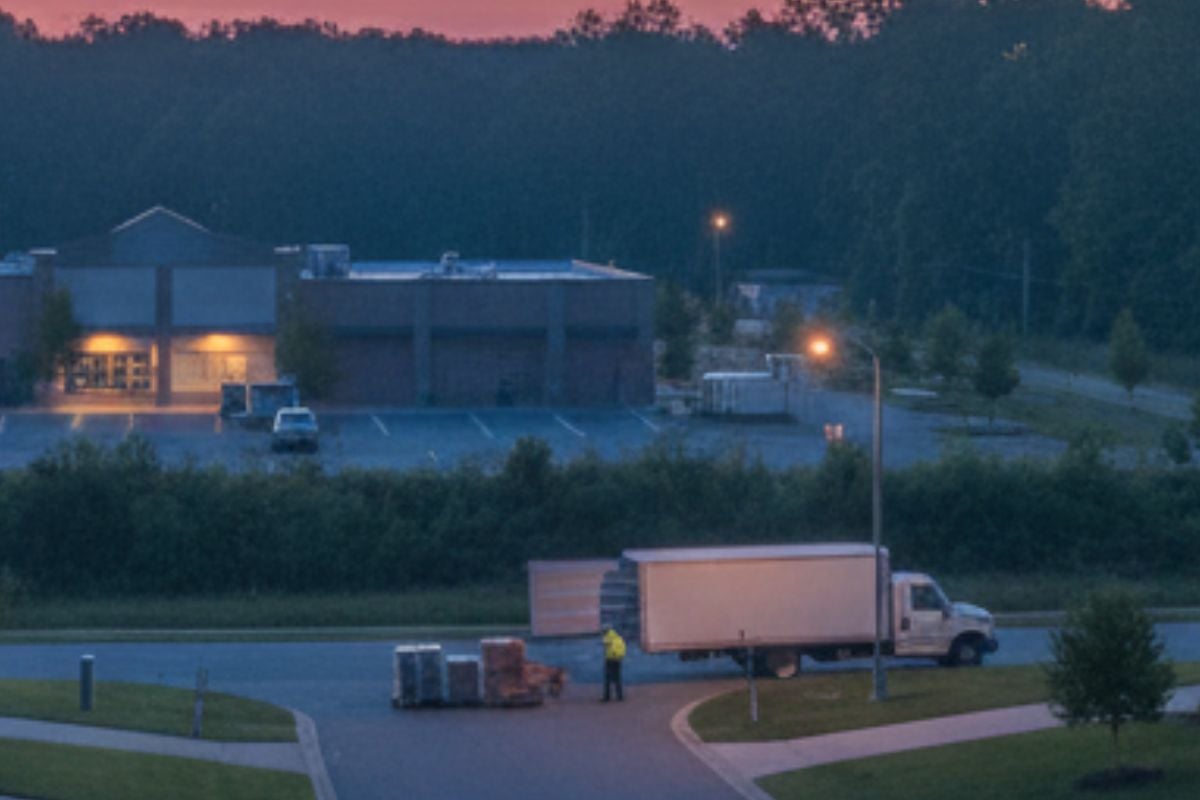
Dollies over concrete, roll-up doors, and shouted dock directions kick off before sunrise near commercial strips. Even small shops get daily restocks, so the clatter is frequent. Alley-facing bedrooms suffer most, and there’s no homeowner fix for someone else’s logistics. Buyers who value sleep won’t pay a premium to live on a loading route.
12. Sirens Near Fire Or EMS Stations
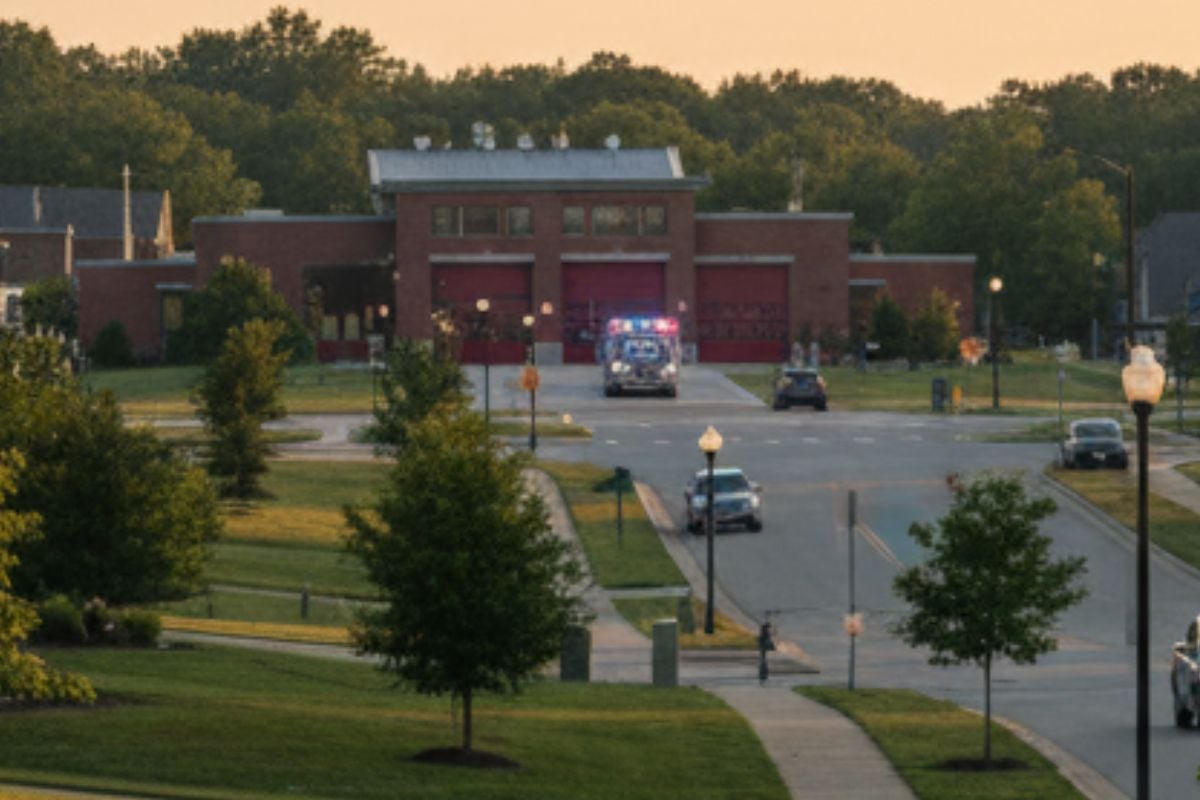
Response times save lives, but the tradeoff is sirens that peak at uncomfortable decibels any hour of the day. Pre-emption signals also trigger traffic bursts as cars scramble aside. Soundproofing windows helps indoors, but outdoor space remains a challenge. Buyers nod respectfully—and then look for homes two more blocks away.
11. Motorcycle Revving And Straight Pipes
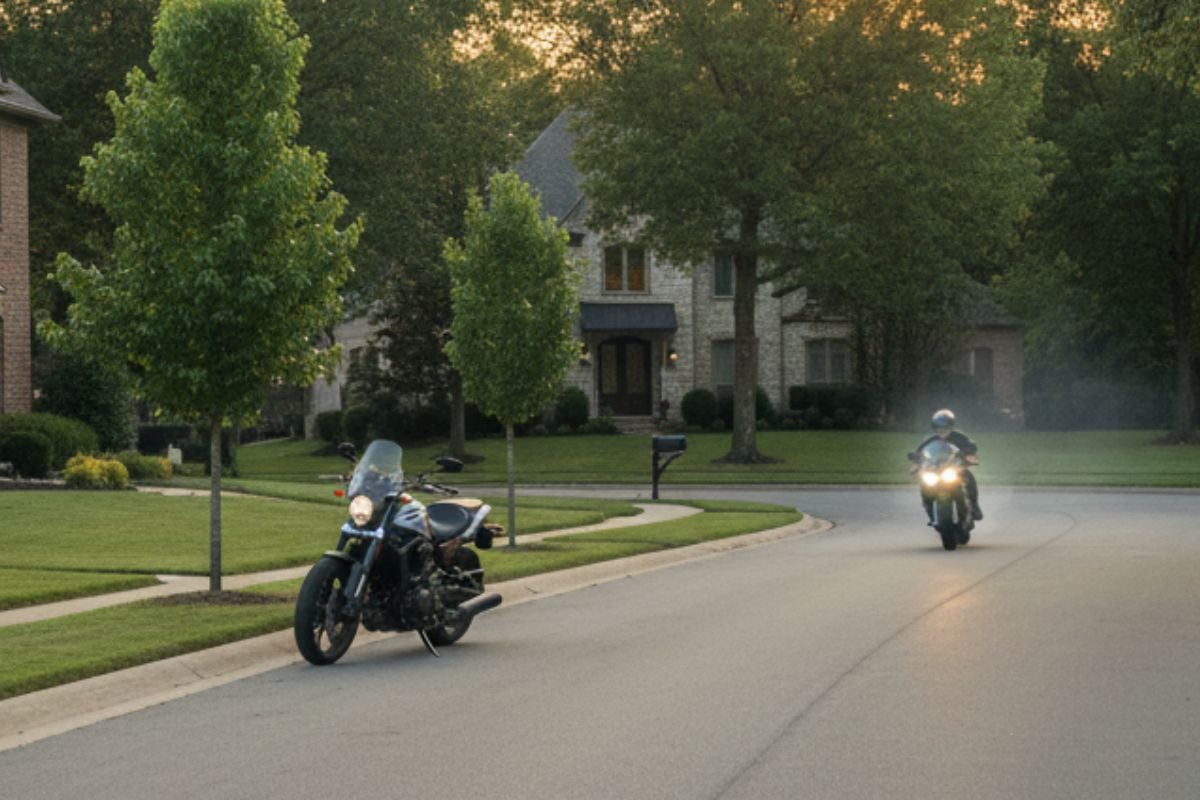
High-rev engines with open exhausts produce sharp, attention-demanding bursts that wake babies and unsettle pets. Unlike steady traffic, these spikes feel aggressive and unpredictable. Enforcement varies widely, so there’s no guarantee of improvement after closing. Many buyers mentally subtract for stress—or steer clear entirely.
10. Car Alarms And Chronic Honking
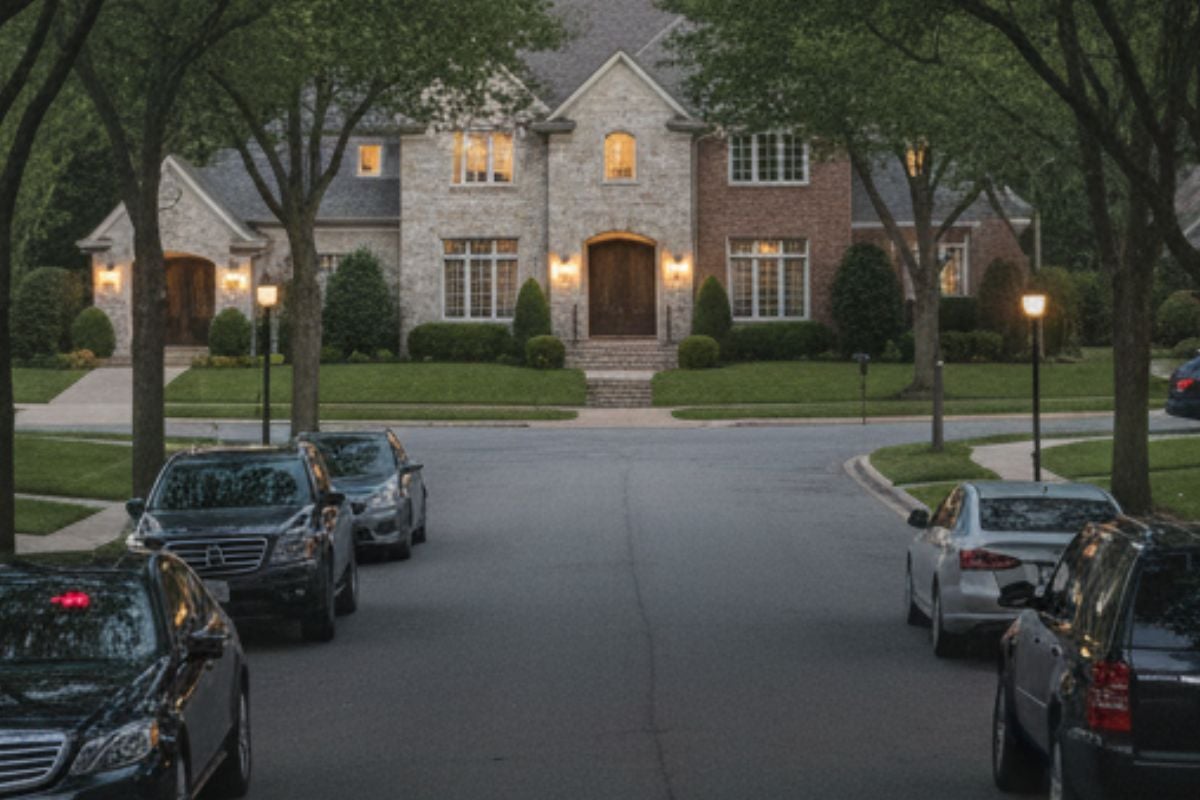
False alarms train your nervous system to brace for nothing, over and over. Intersections with impatient drivers add honk choruses that ricochet between buildings. Behavioral noise is the hardest to solve because it’s cultural, not mechanical. Savvy buyers prefer blocks where the soundtrack is birds, not panic buttons.
9. Chronic Barking From Nearby Yards

A bark here and there is normal; chronic barking becomes a neighborhood dispute with no quick fix. Sound carries surprisingly well over fences and across hardscapes. Mediation, training, and white-noise machines help, but they rely on other people’s consistency. Buyers picture awkward conversations with neighbors and decide to avoid the plot entirely.
8. Parties With Subwoofer-Heavy Bass
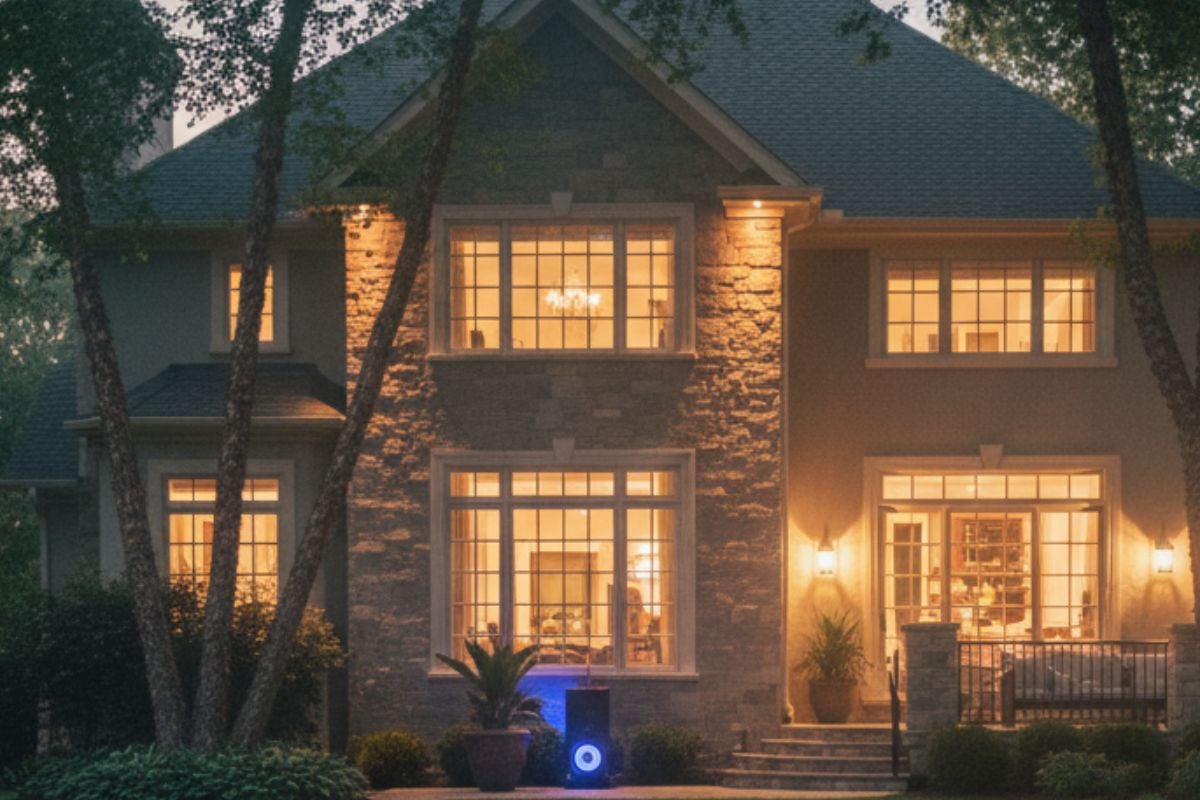
Low-frequency bass travels through walls and soil, turning living rooms into unwilling listening rooms. The issue isn’t volume alone; it’s duration and timing—Friday through Sunday at bedtime. Bass is stubborn against standard soundproofing, so “just close the window” doesn’t work. Buyers who entertain politely prefer blocks where they can be the loudest thing on their own schedule.
7. Rooftop HVAC And Chiller Drone

Commercial rooftops can loft a constant mechanical hum across entire streets, especially at night when ambient noise drops. Tonal noise is uniquely annoying because your brain locks onto it. Vibration isolators, acoustic screens, and maintenance help—but you don’t control someone else’s unit. Buyers step onto the balcony, hear the drone, and mentally cut five figures.
6. Industrial Plant Hums And Clatter

Shift changes, forklifts, vent stacks, and process fans create a complex, fatigue-inducing soundscape. Even if emissions meet code, the 24/7 nature sets off lifestyle alarms. Industrial buffers and berms help outdoors, but the vibe remains “edge of factory.” Most buyers want a home, not a soundstage for logistics.
5. Port Ship Horns And Tug Whistles

Harbor districts can be romantic until fog horns and tug whistles punctuate your coffee at dawn. Cargo handling adds bangs and beeps that echo across water like an amphitheater. Waterfront glazing fights wind, not fog signals, and the horns must be heard for safety. Buyers craving tranquility pick coves, not channels.
4. Rail Yard Coupling And Braking Screech
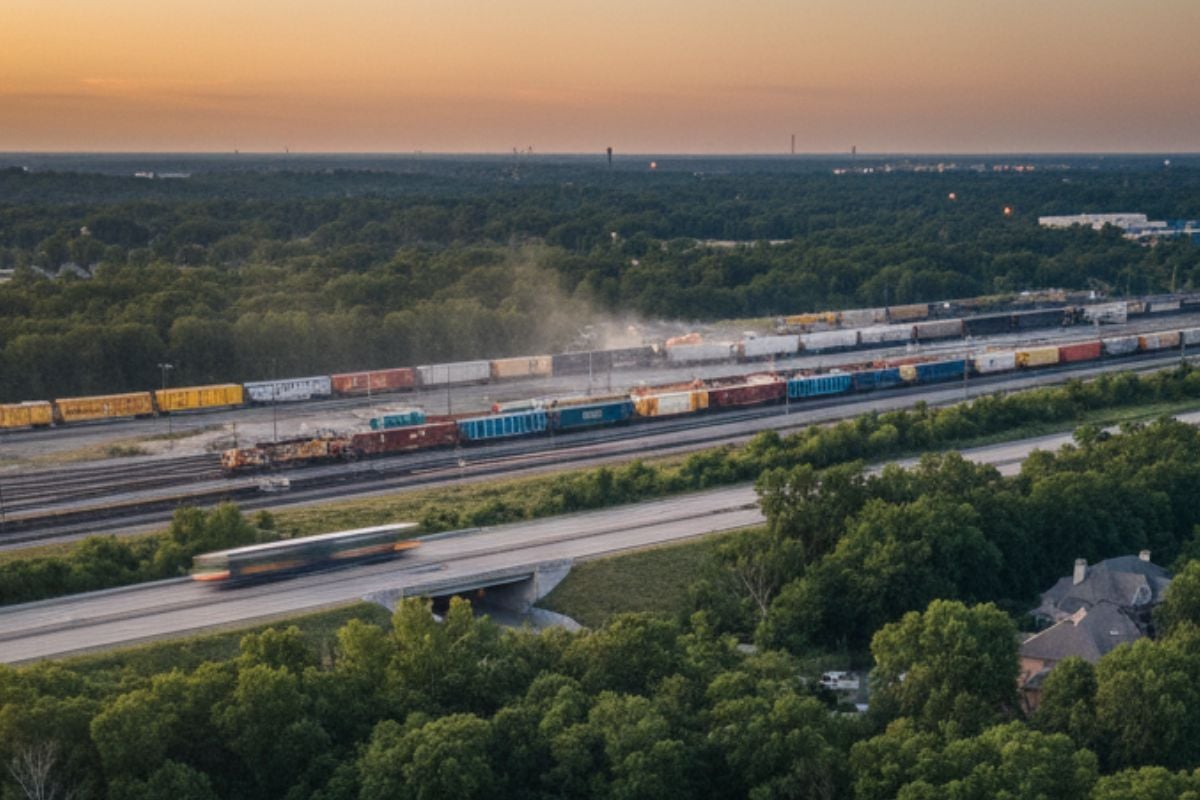
Freight yards clang as cars couple and brakes squeal on long, slow rolls. Operations often run overnight when networks are less congested. The metallic quality of the sound sails past ordinary insulation. Buyers doing due diligence map the yard first—and then cross the listing off.
3. Train Horns At Grade Crossings
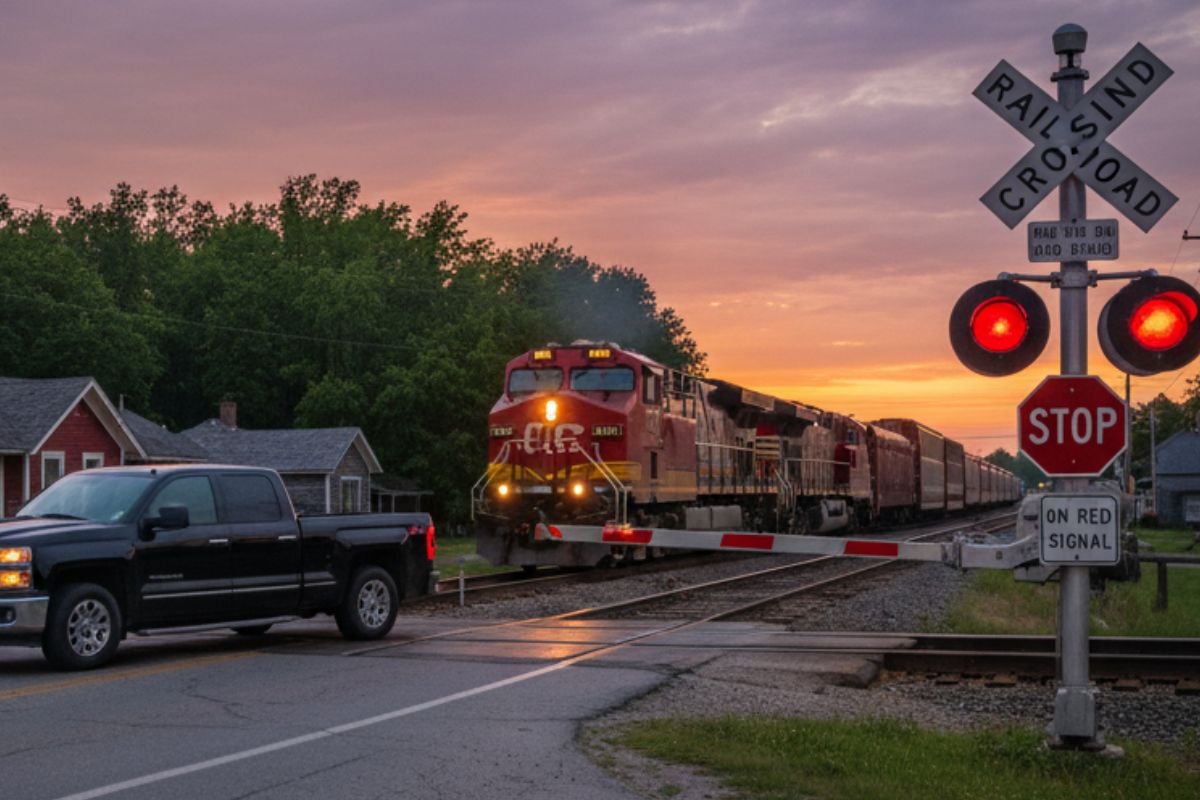
Locomotive horns are intentionally loud and carry for miles to protect crossings. Unless a “quiet zone” is officially established, the blasts are mandatory and frequent. Even scenic routes lose charm when the schedule slices through sleep. Buyers who tour at noon don’t forget what they’ll hear at 2 a.m.
2. Low-Flying Aircraft Flight Paths

Approach and departure corridors concentrate engine roar directly over certain blocks. It’s not constant, but it’s relentless during banked turns and stacked approaches. Attic insulation and upgraded windows provide modest relief, not silence. Many buyers check flight-path maps before they check comps.
1. Constant Highway And Arterial Roar

Highways produce a broadband hiss of tires on pavement that never sleeps, and wet roads make it worse. Sound walls help at mid-heights, but elevated lanes and gaps defeat them. Low-frequency noise sneaks through walls and makes outdoor living a chore. Buyers pay premiums for quiet side streets and discount anything within earshot of fast lanes.



